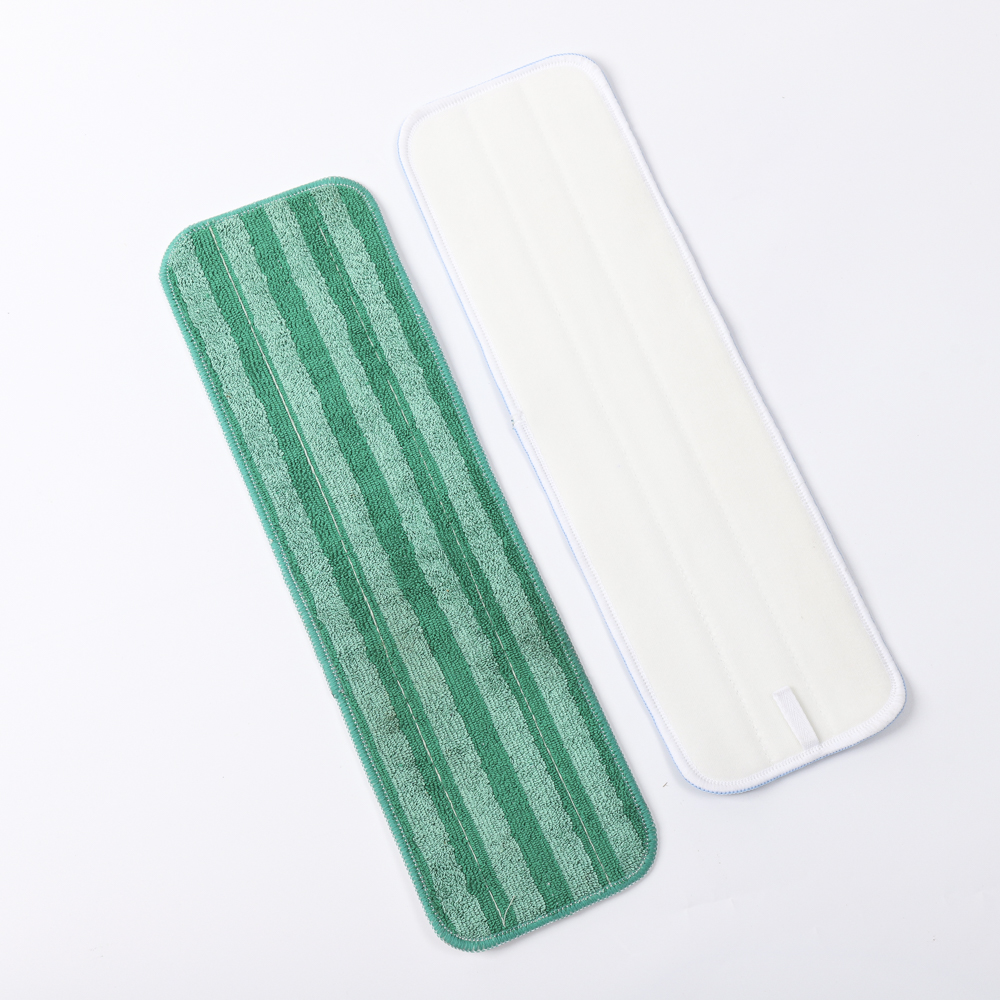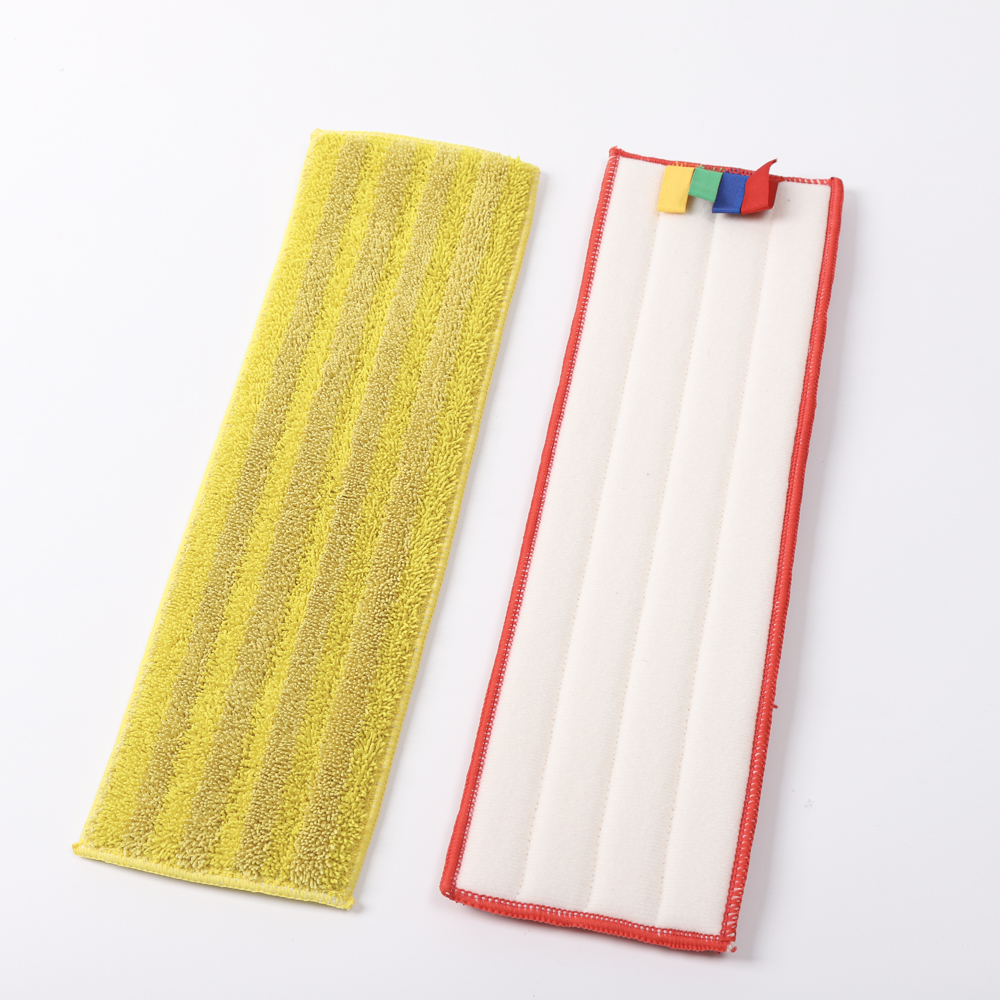Acrylic fiber is the trade name of polyacrylonitrile fiber in China. Acrylic fiber has excellent properties and is called "synthetic wool" because its properties are close to wool. Since industrial production in 1950, it has been greatly developed. In 1996, the world's total output of acrylic fiber was 2.52 million tons, and China's output was 297,000 tons. In the future, China will vigorously develop acrylic fiber production. Acrylic fiber is usually called polyacrylonitrile fiber, but acrylonitrile (commonly referred to as the first monomer) only accounts for 90% to 94%, second monomer accounts for 5% to 8%, and third monomer accounts for 0.3% to 2.0%. %. This is due to the lack of flexibility, brittleness, and dyeing of fibers made from a single acrylonitrile polymer. In order to overcome these shortcomings of polyacrylonitrile, a method of adding a second monomer is used to make the fiber soft; and a third monomer is added to improve the dyeing ability.
1. Production of acrylic fiber
The raw material of acrylic fiber is cheap propylene produced by petroleum cracking: since polyacrylonitrile copolymer is only decomposed and not melted when heated above 230C, it cannot be melt-spun like polyester or nylon fiber, and solution spinning Silk method. The spinning method may be a dry method or a wet method. The dry spinning speed is high and it is suitable for spinning artificial silk fabric. Very spinning suitable for making short fibers, fluffy and soft, suitable for making woolen fabrics.
2. Properties and uses of acrylic fiber
Elasticity: It has good elasticity, second only to polyester, and is about 2 times higher than nylon. Have better shape retention.
Strength: The strength of acrylic fiber is not as high as that of polyester and nylon, but it is 1 to 2.5 times higher than wool.
Heat resistance: The softening temperature of the fiber is 190 to 230 C, which is second only to polyester in synthetic fibers.
Lightfastness: The lightfastness of acrylic is one of the best open-air exposures of all synthetic fibers, with a 20% reduction in strength.
Acrylic is resistant to acids, oxidants and general organic solvents, but not alkali. The finished product of acrylic fiber has good bulkiness, good warmth retention, soft hand feeling, good weather resistance, mildew proof and anti-mite performance. Acrylic fiber is about 15% warmer than wool. Acrylic fiber can be blended with wool. Most of the products are used in civilian applications, such as wool, blankets, knitted sportswear, tarpaulins, curtains, artificial fur, plush and so on. Acrylic fiber is also a high-tech product - the raw material of carbon fiber.
Editor in charge: Zhu Ling
Microfiber wet and dry mops are the most econoimic mops that suit for all kinds of cleaning works.With cheapest price but can used more than 100 times.With warp and weft knitting mop fabrics,make s cleaning more easy.It lifts and locks dirt, pet hair, and more to help you get your floors cleaner. Most important, the microfiber wet and dry mop helps keep trash out of landfills.



Microfiber Wet And Dry Mop,Micofiber Wet Mop Pad,Economic Micofiber Wet Mop,Wet And Dry Microfiber Mop Refill
jiangsu qiyun cleaning knitting product co.,ltd , https://www.jarfrry.com
